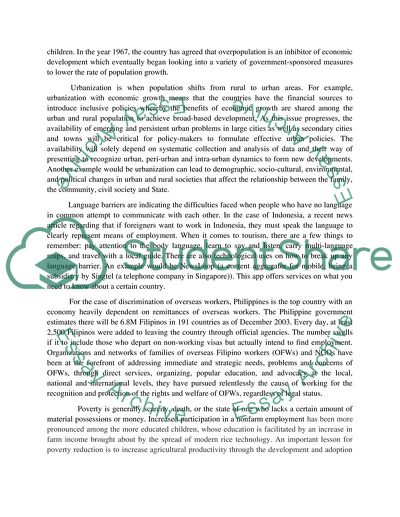Cite this document
(“Southeast Asia Assignment Example | Topics and Well Written Essays - 500 words”, n.d.)
Southeast Asia Assignment Example | Topics and Well Written Essays - 500 words. Retrieved from https://studentshare.org/geography/1702196-southeast-asia
Southeast Asia Assignment Example | Topics and Well Written Essays - 500 words. Retrieved from https://studentshare.org/geography/1702196-southeast-asia
(Southeast Asia Assignment Example | Topics and Well Written Essays - 500 Words)
Southeast Asia Assignment Example | Topics and Well Written Essays - 500 Words. https://studentshare.org/geography/1702196-southeast-asia.
Southeast Asia Assignment Example | Topics and Well Written Essays - 500 Words. https://studentshare.org/geography/1702196-southeast-asia.
“Southeast Asia Assignment Example | Topics and Well Written Essays - 500 Words”, n.d. https://studentshare.org/geography/1702196-southeast-asia.


